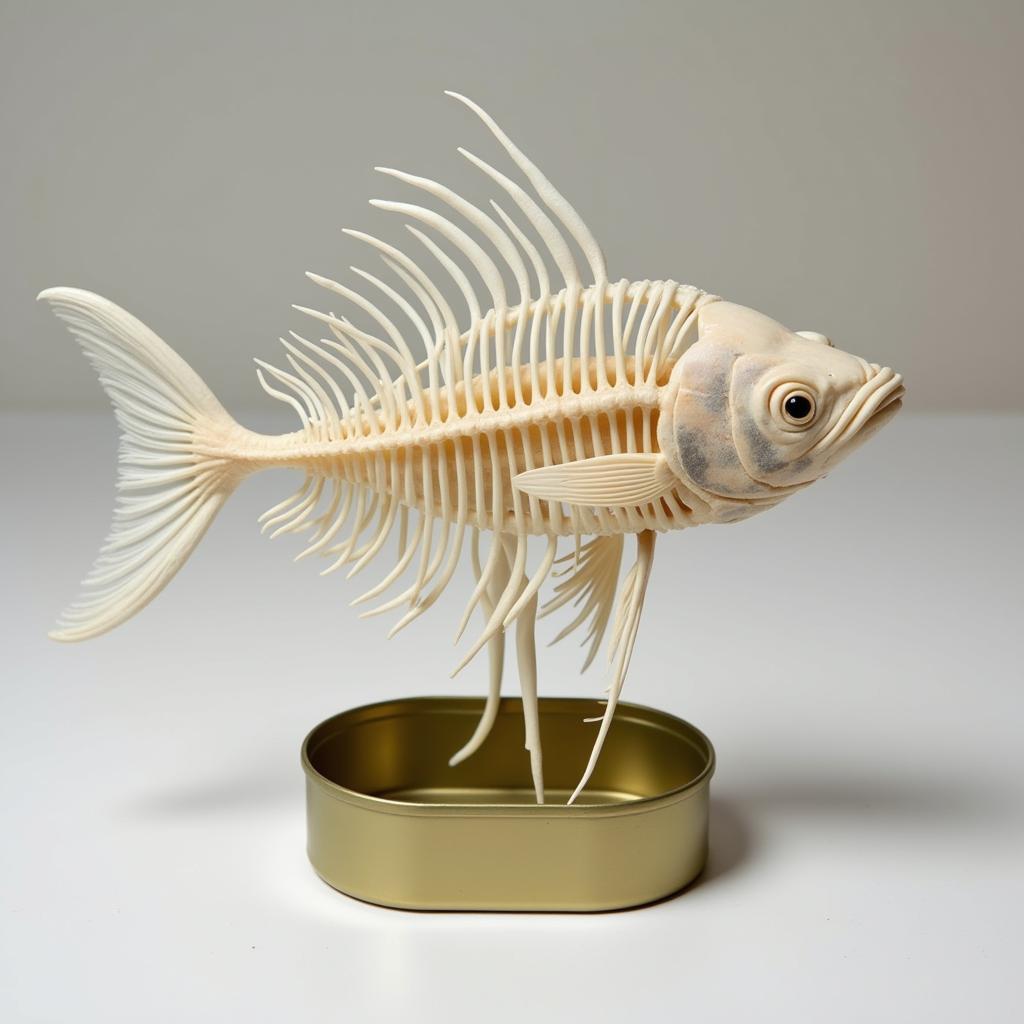Airplane Art WW2: A Flight Through Creativity and Conflict
The skies of World War II weren’t just battlegrounds for aerial combat; they were also canvases for a unique and powerful form of artistic expression. Airplane art, particularly nose art, became a prominent feature of the era, reflecting the spirit, hopes, and anxieties of the men and women who lived and fought during those tumultuous years.
More Than Just Paint on Metal: The Significance of Airplane Art in WW2
Why did aircrews go to such lengths to adorn their aircraft with elaborate designs? The answer lies in the unique psychological pressures of aerial warfare. Facing incredibly dangerous missions with a high chance of not returning, pilots and crew found solace and a sense of identity in personalizing their planes.
Nose art became a visual representation of their hopes, fears, and longing for home. It was also a way to build camaraderie within the crew, turning a piece of military hardware into a symbol of their shared experience.
Popular Motifs and Their Meaning
The subjects of airplane art varied widely, from fierce animals to cartoon characters and glamorous pin-up girls. Each image carried its own symbolism:
- Pin-up Girls: Perhaps the most iconic form of nose art, these images of beautiful women represented a longing for loved ones back home and offered a sense of hope and escapism.
- Fierce Animals: Tigers, sharks, eagles – these powerful predators symbolized strength, aggression, and the pursuit of victory in the face of danger.
- Cartoon Characters: The use of humorous and lighthearted cartoon imagery offered a sense of levity and lightheartedness amidst the harsh realities of war.
These designs were often accompanied by nicknames given to the aircraft, creating a unique personality for each plane and its crew.
The Artists: From Professionals to Self-Taught Talent
Who were the creators of this remarkable art form? Some pieces were designed by professional artists commissioned by the military, while others were the work of talented amateur artists within the aircrews themselves. Using whatever materials they could find – paints, brushes, scrap metal – these individuals transformed their aircraft into powerful symbols of defiance and hope.
 A World War II airplane mechanic painting nose art on a bomber
A World War II airplane mechanic painting nose art on a bomber
The Legacy of WW2 Airplane Art
Today, WW2 airplane art is recognized as a significant form of folk art, offering a window into the hearts and minds of those who served during the war. Preserved on restored aircraft in museums and collections worldwide, these designs continue to captivate and inspire, reminding us of the power of art to provide solace, foster identity, and reflect the human experience even amidst the chaos of conflict.


